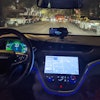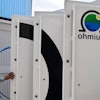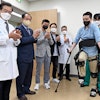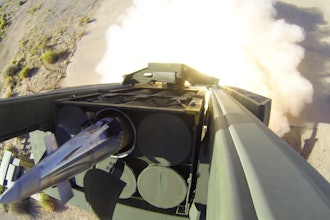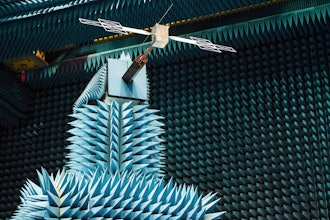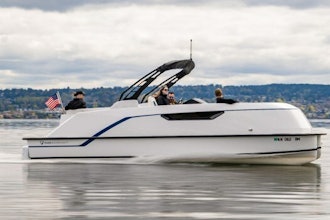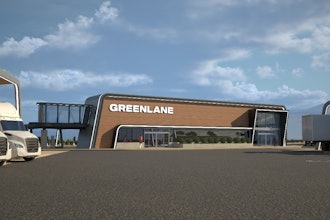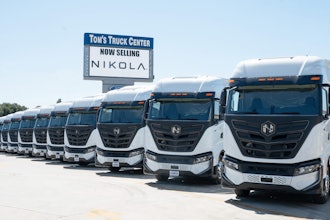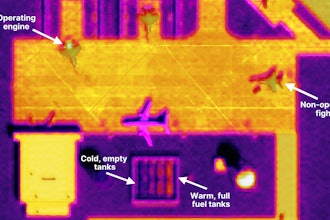Team 3D Prints Tracheas
Researchers from Wake Forest Institute for Regenerative Medicine (WFIRM) used an integrated tissue-organ printer (ITOP) to 3D-bioprint a trachea.
Researchers have already 3D-printed tracheal splints and scaffolds to grow tissue-engineered tracheas, but this is the first trachea with various functional materials.
Previous attempts failed because they only used regenerated cartilage tissue. According to the researchers, they weren't strong enough to hold the airways open or provide the necessary flexibility.
These constructs were printed with cartilage and smooth muscle regions at the same time using biodegradable polyester material and stem cell hydrogels. The cartilage provides enough support to avoid collapse, and the smooth muscle offers the needed flexibility.
The proof-of-concept could one day lead to custom patient care for those suffering from tracheal stenosis, or the narrowing of the windpipe. Now, these patients need breathing tubes. In the future, medical professionals could use the patient's medical records to print biocompatible replacements.
Next, the team will test long-term functionality to make sure the 3D-bioprinted tracheas maintain their initial characteristics.
WFIRM has done some impressive work in the past, everything from 3D printing human ears to growings livers, kidneys, and even anal sphincters.
3D-Printing Improves Lightning Strike Protection
Researchers from Oak Ridge National Laboratory are using a new 3D printing technique to improve lightning strikes on airplanes.
Airplane exteriors sare traditionally made of carbon fiber reinforced plastic (CFRP). It's lighter than metal, but its low electrical conductivity and heat resistance make it vulnerable to lightning strikes.
Conventional lightning strike protection technology includes expanded metal foils/films on top of composite structures. This technology works, but it increases weight, corrosion, and it's expensive to add and repair.
Oak Ridge researchers created a new adhesive material for carbon fiber reinforced plastic (CFRP), and the material has proven effective against lightning strikes. The polymer has a chain-like structure that makes the aircraft components both electrically conductive and structurally strong with thermal treatment. It's applied in thin layers from 0.25–0.4 mm thickness.
Now comes the fun part. The research team had to test it, so it conducted simulated lightning strike tests on the protected components. The pieces not only showed minimal damage but also enabled more uniform heat dissipation, suggesting that it could eventually lead to more effective lightning strike protection technology.
3D-Printed Autonomous Podcars
This week, NOWLAB introduced LOCI, a design prototype for a 3D-printed autonomous podcar designed for last-mile movement.
NOWLAB is the additive manufacturing innovation arm of the BigRep Consultancy, the team behind the NERA eBike, a 3D-printed electric-motorcycle, and smart concrete walls with embedded sensors.
First seen on New Atlas, the podcar has airless tires, embedded electronics, and wireless connectivity to transport you through dense urban environments.
NOWLAB envisions podcars being manufactured on demand using a fleet of BigRep's 3D printers. One highlight of the prototype is that if you need a new component or part, you scan the NFC chip in the piece with your phone and send it to the 3D printer.
The team could also integrate sensors to monitor parts for preventative maintenance.
According to the company, the podcar was developed using parametric modeling. The design is flexible, not only in that it's printed on-demand, but different features and materials, or even tires, could be swapped out based on the location or application.
According to the company, LOCI has only 14 unique parts, all of which were 3D-printed with BigRep additive system. Even the tires.
